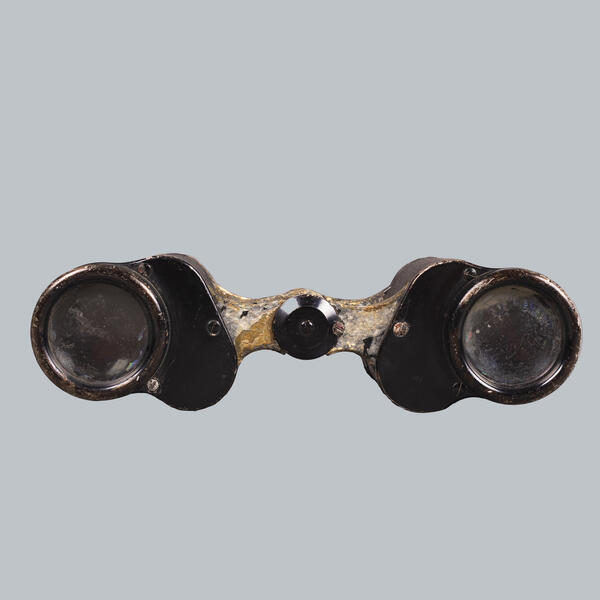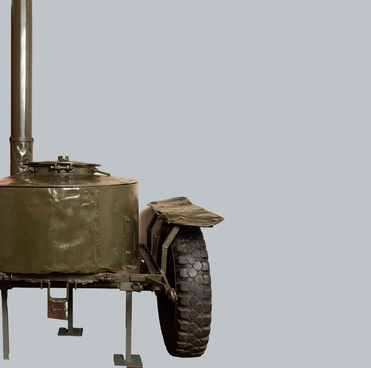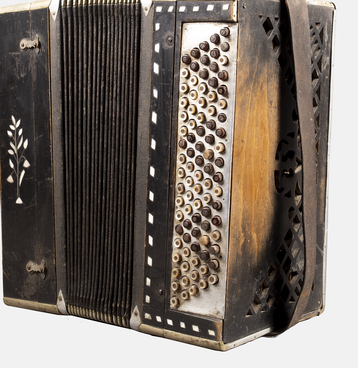The German multipurpose binoculars Dienstglas is a hand-held optical device for military purposes. It was approved in the mid-1930s. During the Second World War, these devices were manufactured in many factories throughout Germany.
They are made of two optical tubes aligned in parallel and connected together, due to which the observer can see a stereoscopic image of distant objects. During the production process, the granular surface of the tubes was covered with thin artificial leather or synthetic rubber of black color.
Despite the fact that the housing was made of a metal alloy, the German binoculars were very light and comfortable. To make it more durable, an alloy of magnesium and aluminum was used, which did not weigh down the binoculars. These are 6 by 30 binoculars — these optical parameters were common at that time. Independent focusing was used to adjust the focus.
All binoculars from the Second World War era were necessarily equipped with cases made of leather or bakelite — a special kind of non-melting and insoluble plastic. There were also simpler cases made of artificial fabric, but they were less common.
The standard set included protective covers for eyepieces and lenses, removable straps and operating instructions. On the back wall there were three loops — two narrow and one wide — for attaching the device to a waist belt. There were D-shaped rings on the sides, to which a removable strap made of black leather was attached. Thus, the binoculars could be worn on the belt, around the neck or on the side.
Similar binoculars during the Second World War were supplied to officers, as well as lower ranks, who, by nature of their tasks, required optical devices, for instance, artillery fire spotters, observers, and scouts.
There was no single standard-issue set of binoculars in the German army, and therefore, on the battlefields, one could find binoculars of different brands, some of which had been used in the First World War. A small number of binoculars left from the Kaiser’s army were still in use.





